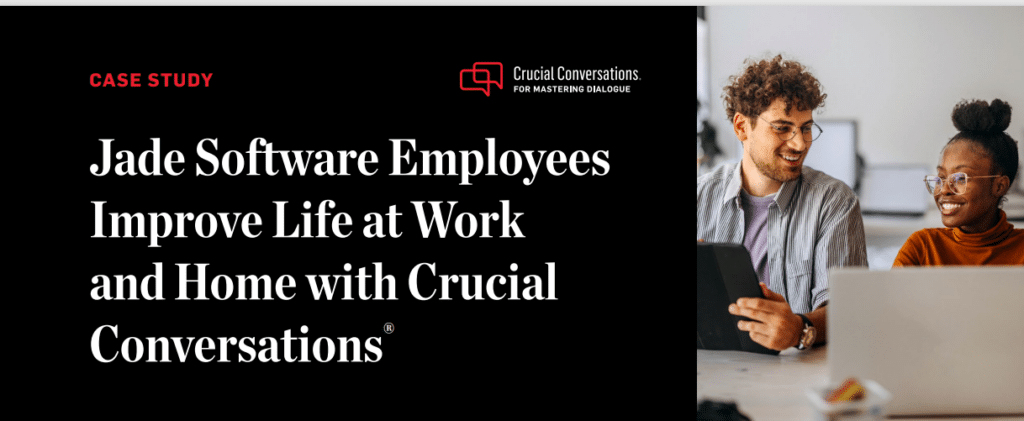Have you ever driven in a T2 or T3 lane on the highway?
These high-occupancy vehicle (HOV) lanes are strictly for vehicles with two or more people. It’s a timesaving reward for those who travel together that decreases both traffic and air pollution, and these special lanes are found all over the world.
But when the US state of Washington put in their new HOV lanes, they quickly found a problem. Within just two weeks of opening the lanes, they calculated 1 in 5 cars driving in this lane were cheating — they only had a driver.
For the lanes to be effective, something needed to change.
So how should their influencers change the behaviour?
Most of us tend to first recommend coercive sources. We suggest, “More cops! Bigger fines!”
But, since Washington didn’t have the money to choose one of those options, they tried a modest cost-effective intervention. Through their success, we see the power of social motivation.
The Power of Social Influence
First, they composed three letters to mail out to offenders. Then, they hung a few signs.
REPORT HOV LANE VIOLATIONS TO 921-HERO
Genius phone number, isn’t it? That’s another strategy altogether.
Let’s look at this intervention from a driver’s standpoint.
I’m driving on the highway and I have three people in my car. I see you up ahead with no passengers. In frustration, I report your licence plate number and they mail you letter number one.
Letter number one is basically an educational brochure. It essentially says, “These are the HOV lane rules. Someone saw you driving in violation of these rules so we want to inform you of how the HOV lane works.”
It implies, “One of your fellow Washingtonians hates you.” There’s no threat and no fine — simply an informational letter.
If reported a second time, you received a different letter from the department of transportation. The third time you’ll receive a letter from the state patrol.
None of these letters has a fine or threat. They just remind you of the rules and let you know someone saw you violating them.
The intervention worked. In just a few weeks, the number of lane violators dropped by 80 per cent.
What happened? How was a strategy with no consequence so effective?
Think about the violator. The first time, they’re driving beside the HOV lane and see how much faster it’s moving. They think, “That would be much better!” So they move over and drive 10 mph faster. All is well until they get the letter.
The next time they’re on the freeway, they realise, “People are watching me.” Now, the situation is reframed from an economic or strategic decision to a social decision. Drivers realise, “People don’t like me when I do this. And those people can see me.” So, behaviour shifts.
Out of the six sources of influence, two sources deal with the social side of our psychology.
Don’t underestimate the power of social influence.
In the business context, we often take people out of their social setting — out of their team, away from their boss — and drop them in a training experience. They get great ideas, but then they return to the same social system.
Without the social accountability and shared experiences with their team, they won’t change.
If you want to influence others, take a lesson from Washington and utilise the power of social motivation.





